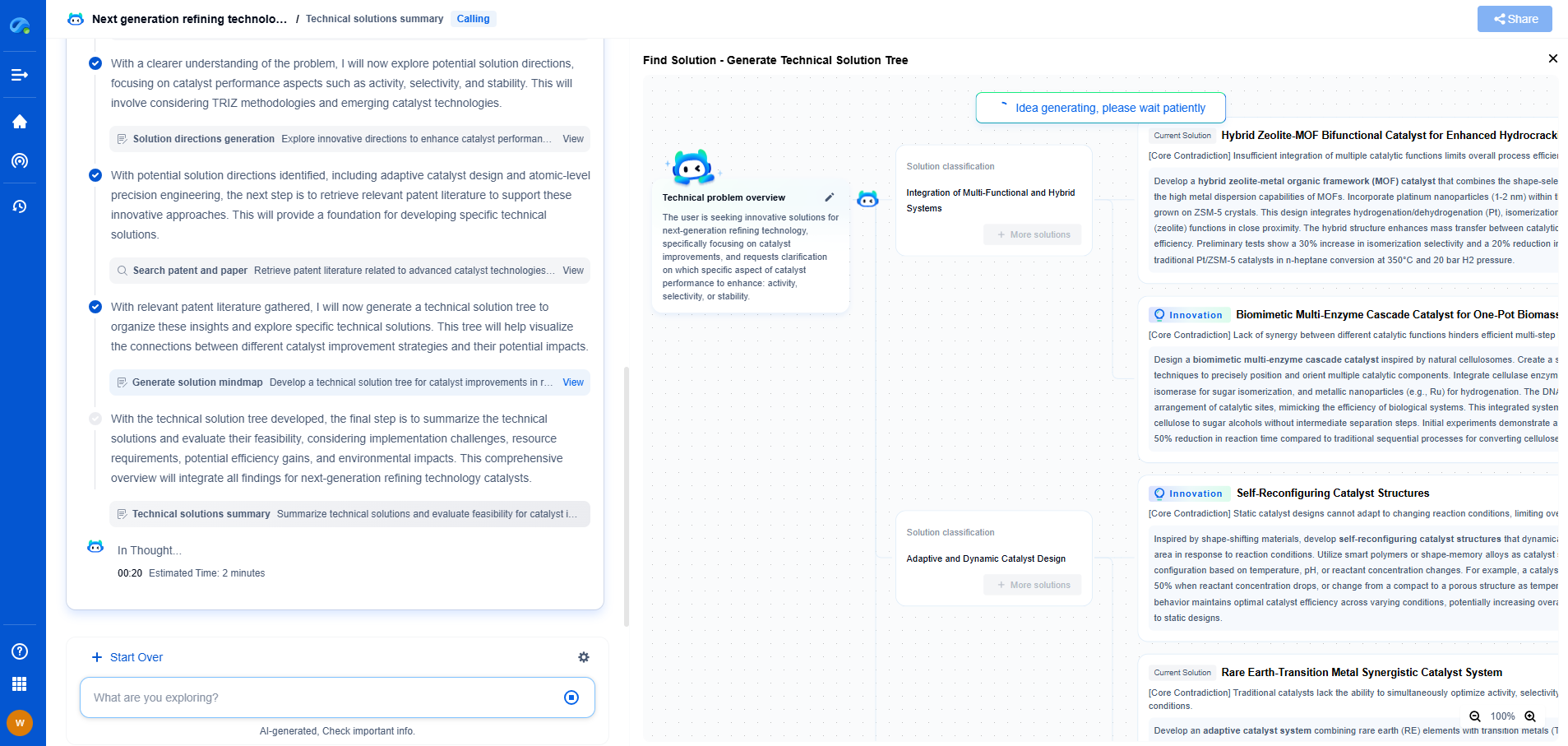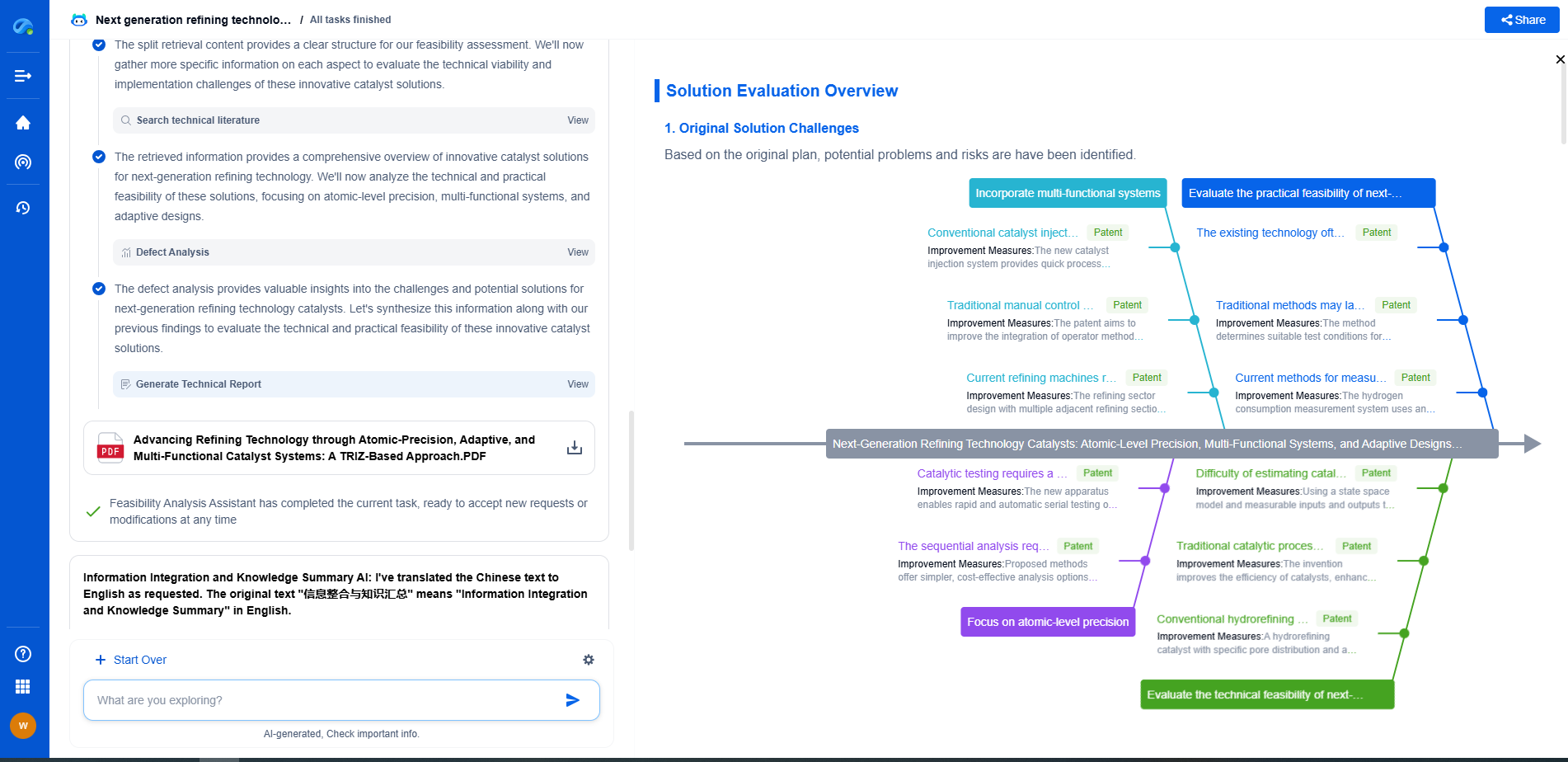A profiling tool is a software utility designed to analyze program performance by measuring metrics such as execution time, memory usage, CPU load, and function call frequency. It helps developers identify bottlenecks, optimize code efficiency, and improve resource management. Profilers can be sampling-based or instrumentation-based, providing detailed insights into runtime behavior. Widely used in software development, profiling tools are essential for performance tuning and debugging complex applications.
Perf: Lightweight and Versatile
Perf is a powerful performance analyzing tool that comes built into the Linux kernel. It's designed for simplicity and speed, making it a go-to for many developers working in Linux environments. One of its major advantages is its lightweight nature. Perf can quickly profile applications with minimal overhead, which is crucial when trying to get an accurate representation of an application's performance.
The tool offers a range of capabilities, from simple CPU profiling to complex event tracing. It supports a variety of architectures, including x86, ARM, and PowerPC, making it a versatile choice. Perf's command-line interface, while initially daunting, provides a high degree of flexibility and precision, allowing skilled users to extract detailed performance metrics.
However, Perf's learning curve can be steep for newcomers. Its reliance on command-line syntax and minimal graphical representation means it might not be the best choice for those unfamiliar with terminal-based tools.
VTune: Powerful and Comprehensive
Intel VTune Profiler, commonly known as VTune, is another robust profiling tool, renowned for its detailed analysis capabilities. Developed by Intel, VTune offers a more comprehensive interface, with rich graphical representations that make understanding performance bottlenecks easier, especially for those who prefer visual data.
One of VTune's main strengths is its depth of analysis. It provides detailed insights into CPU, memory, threading, and I/O performance. This makes VTune particularly useful when dealing with complex applications where multiple factors might be affecting performance. Moreover, VTune's ability to analyze hardware events specific to Intel processors can provide unique insights that other tools might miss.
However, VTune's robustness comes with a price—both literally and figuratively. It is a commercial product, which means there is a licensing cost involved. Additionally, its rich feature set can be overwhelming for those who only need a basic performance overview. The setup and configuration can also be more complex compared to Perf.
Comparing Perf and VTune
When deciding between Perf and VTune, it's essential to consider your specific needs and environment. If you are working primarily in Linux and need a lightweight, flexible tool that provides quick insights with minimal overhead, Perf is an excellent choice. Its command-line interface, while challenging at first, offers a powerful means of capturing performance data without significant intrusion.
On the other hand, if you are developing complex applications, especially those optimized for Intel processors, VTune's comprehensive analysis capabilities might be more beneficial. Its graphical interface can simplify the process of identifying performance bottlenecks, making it easier to optimize your software effectively.
Conclusion
Both Perf and VTune are formidable tools in the realm of performance profiling, each with distinct advantages. Perf is ideal for those who require a no-frills, efficient tool that delivers quick results, especially in Linux environments. VTune, with its detailed analysis and visual aids, is better suited for in-depth performance investigations and complex scenarios.
Ultimately, the choice between Perf and VTune depends on your specific requirements, budget, and familiarity with profiling tools. Whichever you choose, both tools can significantly enhance your application's performance, leading to more efficient, optimized, and successful software solutions.
perf vs VTune: Which Profiling Tool Should You Use?
JUL 4, 2025 |
Accelerate Breakthroughs in Computing Systems with Patsnap Eureka
From evolving chip architectures to next-gen memory hierarchies, today’s computing innovation demands faster decisions, deeper insights, and agile R&D workflows. Whether you’re designing low-power edge devices, optimizing I/O throughput, or evaluating new compute models like quantum or neuromorphic systems, staying ahead of the curve requires more than technical know-how—it requires intelligent tools.
Patsnap Eureka, our intelligent AI assistant built for R&D professionals in high-tech sectors, empowers you with real-time expert-level analysis, technology roadmap exploration, and strategic mapping of core patents—all within a seamless, user-friendly interface.
Whether you’re innovating around secure boot flows, edge AI deployment, or heterogeneous compute frameworks, Eureka helps your team ideate faster, validate smarter, and protect innovation sooner.
🚀 Explore how Eureka can boost your computing systems R&D. Request a personalized demo today and see how AI is redefining how innovation happens in advanced computing.
- R&D
- Intellectual Property
- Life Sciences
- Materials
- Tech Scout
- Unparalleled Data Quality
- Higher Quality Content
- 60% Fewer Hallucinations
Browse by: Latest US Patents, China's latest patents, Technical Efficacy Thesaurus, Application Domain, Technology Topic, Popular Technical Reports.
© 2025 PatSnap. All rights reserved.Legal|Privacy policy|Modern Slavery Act Transparency Statement|Sitemap|About US| Contact US: help@patsnap.com

